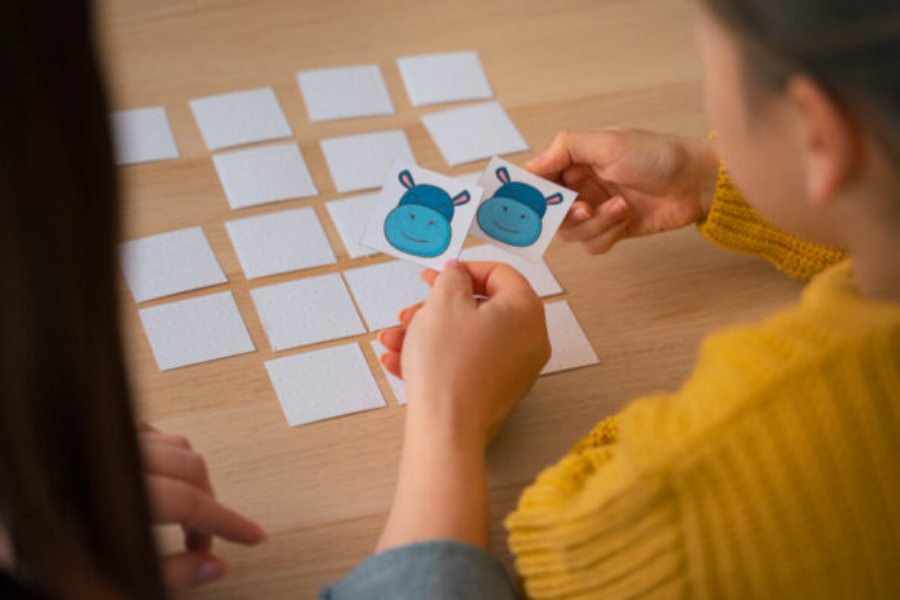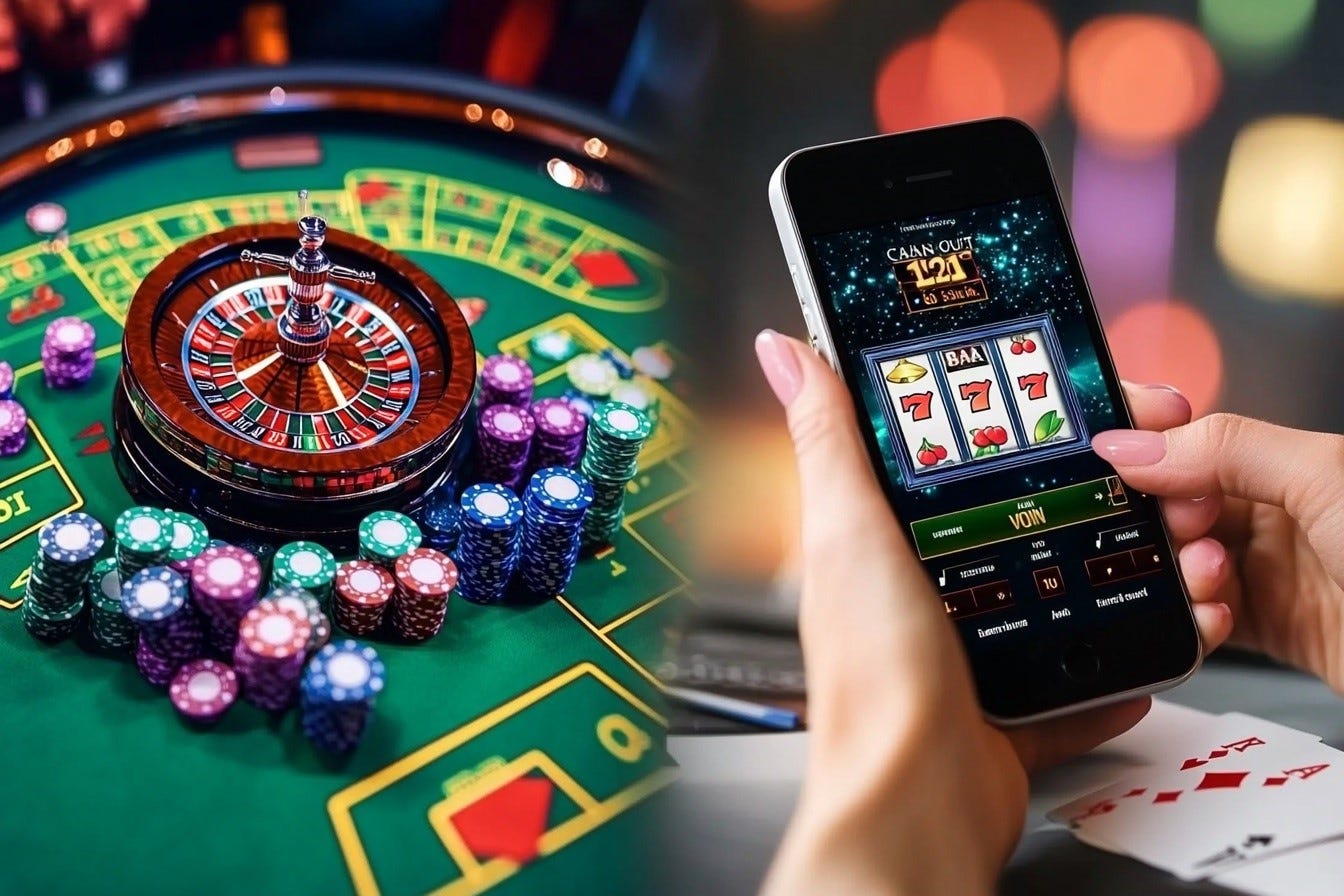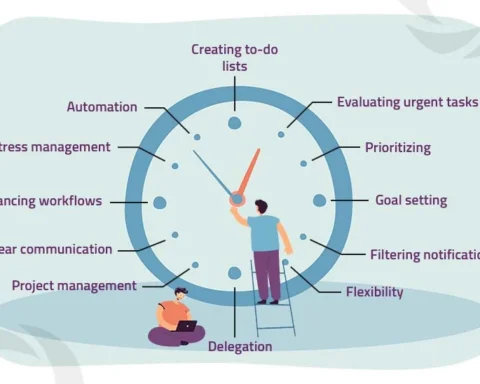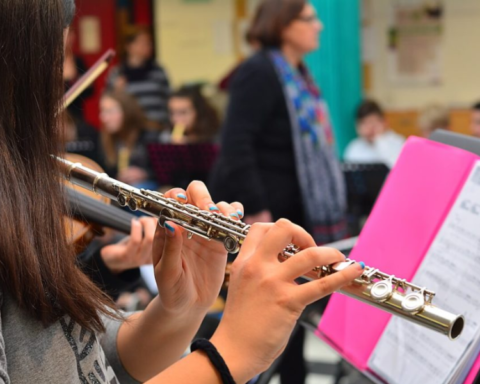Introduction to Game-Based Learning
Game-based learning is revolutionizing the educational landscape by making learning interactive and engaging. Incorporating challenges, rewards, and storytelling enhances motivation and fosters active participation. Students gain information through experiential learning, which helps them better understand complex ideas. Including games in the classroom fosters critical thinking and develops vital abilities like creativity, problem-solving, and teamwork.
Examining its core mechanics is essential in understanding how game-based learning works. This method uses game design principles like levels, feedback loops, and adaptive challenges to create immersive educational experiences. Learners progress through structured activities that align with academic goals, often unaware they’re actively learning. For example, a history lesson might transform into a quest, where students solve puzzles based on historical facts. This seamless blend of education and entertainment ensures knowledge retention while keeping students engaged and motivated.
The Science Behind Gaming In Education
The core strength of game-based learning is its capacity to relate to the essential elements of human knowledge. When people engage in rewarding activities, the brain releases dopamine, a chemical linked to motivation and pleasure. This process enhances our ability to take in and remember information.
Games are a powerful educational tool because of their interactive character, which simultaneously engages several cognitive processes. They increase engagement and retention rates by requiring the learner’s focus and response. Furthermore, establishing cooperative or competitive environments can promote vital abilities, including cooperation, critical thinking, and problem-solving.
Learning through games also ties into the science of psychology, particularly intrinsic motivation. This type of motivation, which comes from within the individual, is far more sustainable than extrinsic motivators like grades or rewards. By providing students with autonomy, competence, and relatedness through game-based learning, educators can influence their students’ motivation from within.
Effective Strategies for Implementing Game-Based Learning
- Align games with educational goals to ensure they support the learning objectives effectively.
- Utilize interactive platforms that track progress, offering students feedback that helps them improve.
- Balance traditional and innovative methods to cater to diverse learning styles in the classroom.
By considering these strategies, educators can create an atmosphere in which students are engaged in their learning processes rather than being passive recipients of information.
Moreover, selecting games that encourage creativity and exploration can exponentially increase the benefits of game-based learning. It’s essential to offer students opportunities to develop self-efficacy by solving complex problems independently or in groups, fostering a sense of achievement and capability.
Real-World Examples of Game-Based Learning in Action
Numerous schools have successfully implemented game-based learning. For instance, Minecraft has been used in classrooms worldwide to teach various subjects, from mathematics to history. The game’s design facilitates learning by immersion, allowing students to build and explore complex concepts tangibly.
Another fantastic example is the use of the game Kerbal Space Program, which lets students experiment with aerospace engineering skills while having fun. Such real-life applications demonstrate the vast potential within the game-based learning sphere.
These innovative examples illustrate how learning can extend beyond textbooks and worksheets. Educators use games as teaching tools to create a dynamic environment where theory meets practice. These real-world scenarios ensure knowledge is gained and applied, endowing students with long-term relevance skills.
Overcoming Challenges in Game-Based Education
Despite its advantages, transitioning to a game-based learning framework may pose challenges. Resource limitations, such as budget restraints and lack of technology, can hinder its widespread adoption. Additionally, integrating games into a pre-existing curriculum requires careful planning and innovation.
Addressing such issues involves creative problem-solving and collaboration. Schools would benefit from pilot programs evaluating effectiveness before making comprehensive changes. By doing so, they can identify the best practices and tailor solutions that meet their needs.
Furthermore, teachers may need additional training to incorporate gaming into their teaching methods effectively. Professional development opportunities focused on game-based learning can provide educators with the necessary skills to execute this approach successfully, overcoming the initial hesitations or roadblocks associated with new educational technologies.
The Future of Education with Game-Based Learning
Using game-based learning represents a move toward a more immersive educational experience—technological developments like virtual and augmented reality present new possibilities for creating educational gaming experiences.
As such technologies become accessible, the vision of what education can achieve broadens. The potential to simulate real-world challenges and scenarios will redefine how students learn, preparing them to face future demands with a well-rounded skill set.
The crossroad of education and technology offers a plethora of unexplored avenues. Adaptive learning platforms powered by AI, combined with gamification elements, could represent the future where education is personalized to an unprecedented degree. This future anticipates evolving educational landscapes and prepares students for the technology-driven world awaiting them.
Tips for Educators Adopting Game-Based Techniques
Educators interested in game-based learning should start with small increments, experimenting with one or two games. Observing student reactions during this period is crucial for understanding how to tailor the games to cater to students’ needs.
Continuous assessment of the games’ impact on learning outcomes will ensure that the implemented methods remain relevant and practical. Being receptive to student feedback will further enhance the learning experience, making adjustments where necessary.
Teachers should also work to create a community of practice among their colleagues. Refining game-based learning methodologies can significantly benefit from sharing experiences, difficulties, and success stories. Teachers can help one another create engaging and motivating learning environments for all students by working together.








